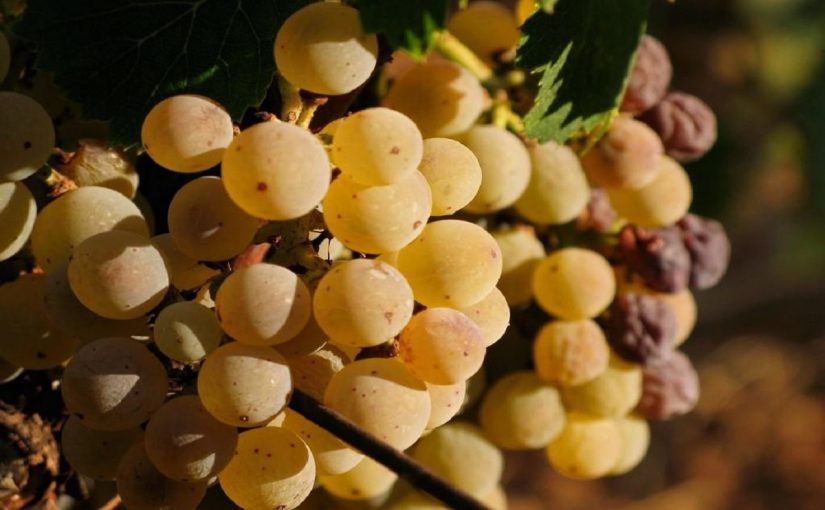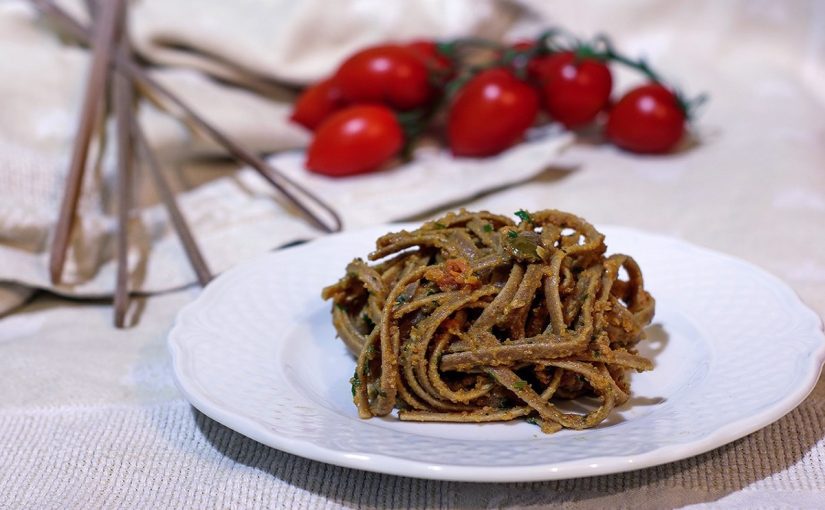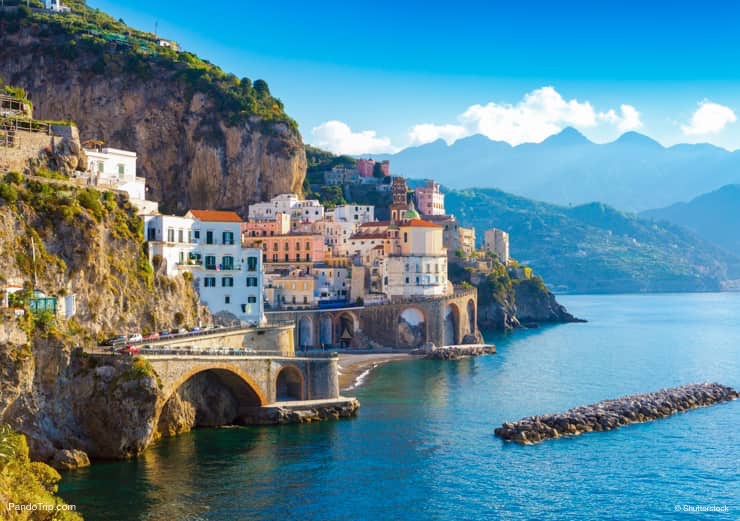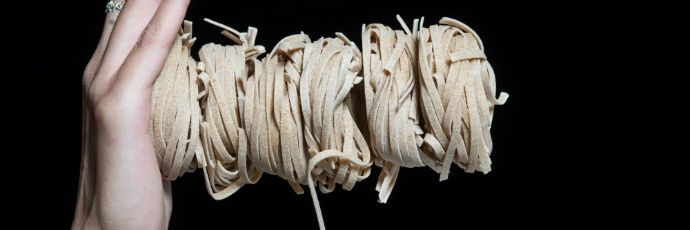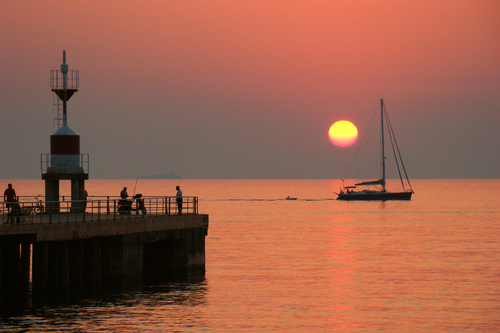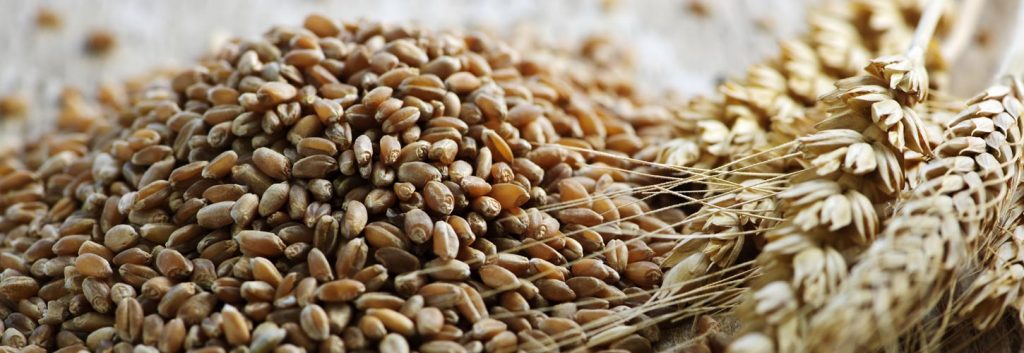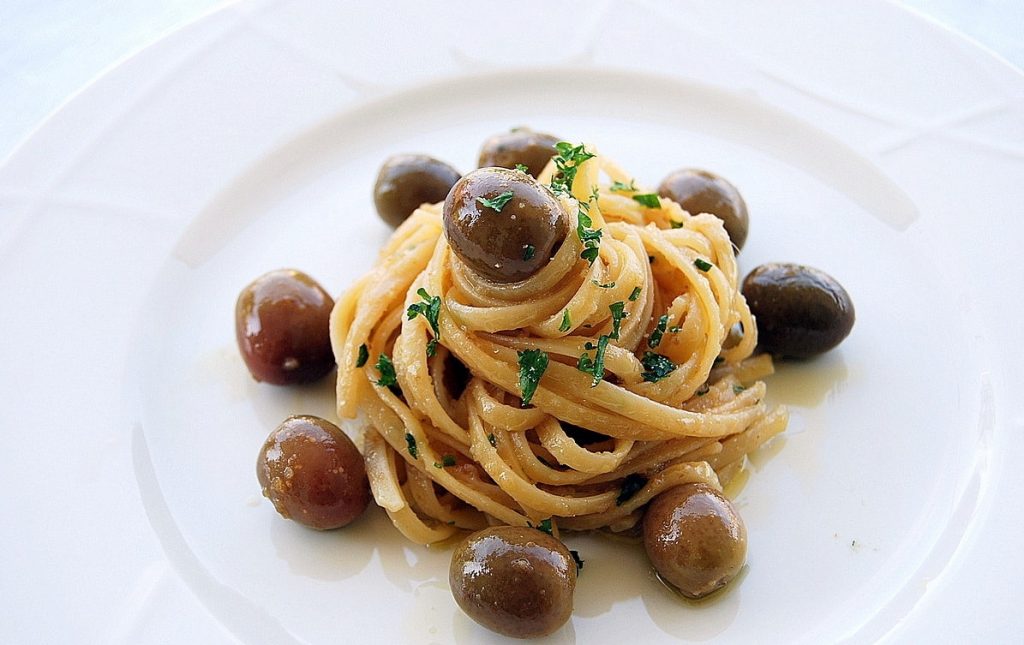1.12.2019
Let’s know a little the white grape that in the area of the Calabrian Pollino finds its greatest diffusion: White Guarnaccia
It is protagonist together with the grapes Malvasia, Addoraca and Muscatel of the ancient Moscato di Saracena wine, which today is vinified in purity by some young wineries expressing in this way all its characteristics.
However, this native vine, Guarnaccia, gives us beautiful surprises. This white grape for centuries has found a good spread in the territory between the municipalities of Verbicaro, Altomonte and Saracena (Cosenza), in the southernmost part of the Pollino National Park. But now, it s becoming very famous due to the terrific white “Moscato di Saracena” wine.

THE FAMOUS MOSCATO DI SARACENA
Together with Malvasia, Addoraca and Moscatello, the white Guarnaccia is used for the production of Moscato in the territory of Saracena.
It is a very special and unique dessert wine that today is a Slow Food Presidium.
The name suggests a Spanish origin (like the red berry “garnacha” known in Italy with many names, the best known of which is cannonau), but the white Guarnaccia is also widespread in Campania (mainly on the island of Ischia and in the province of Naples) and in Lazio.
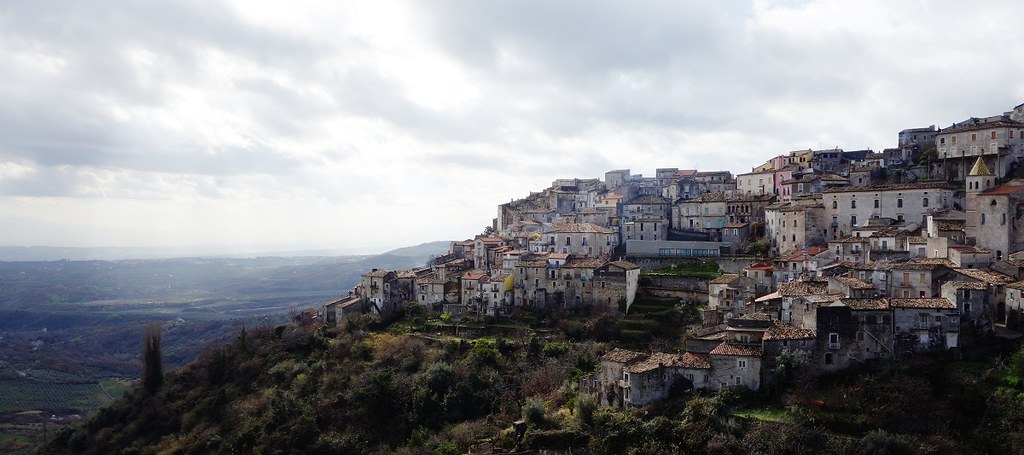
Anyway, even if there is no clear historical information on its origin, anyway, it is thought that the origin is Hellenic, that the vine arrived during the period of Greek colonization; it also seems that this particular white berry variety grown in Calabria comes from neighboring Sicily, where it currently seems to have completely disappeared.
THE VARIETY OF THE “BLACK” GUARNACCIA
The Black grape variety of Guarnaccia is widespread in the same territories as the white one and is thought to have the same origin; cultivation lands are also similar. The bunch is medium-sized, conical, compact, often winged, the grape is medium, spherical, with a thick, medium pruinose black skin.
The black variety is a red grape variety of which there is no certain news, with a name that provides more confusion than certainty, since it leads to think of a sub-type of the French “grenache“.
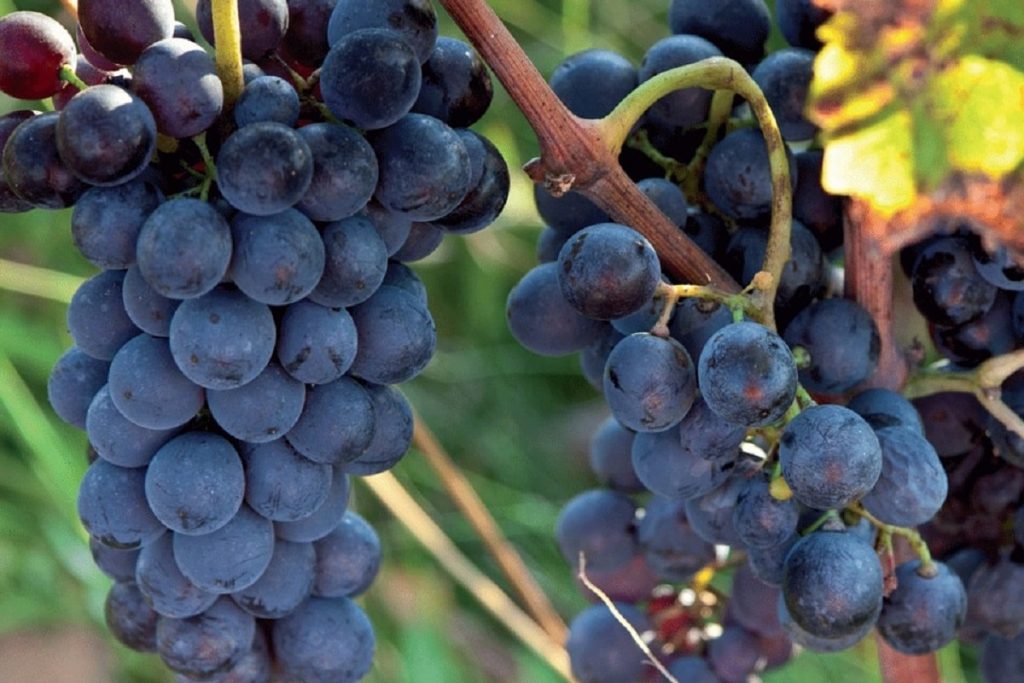
However, no DNA test has confirmed this hypothesis, although many ampelography scholars consider it valid, while others prefer to hypothesize a native origin, even if not identified with any territory.
No historical document can clarify the origin of the grape, and it can also be considered that like many vines, especially in the south of Italy, it may be one of the many grapes imported from Greece at the time of Hellenic colonization in the 7th century BC.
This hypothesis is supported by the spread of the grape variety, concentrated above all on the Campania coast, on the island of Ischia and as a leopard spot in Calabria. In Ischia, particularly, it is very popular and is found in the red wines of the island with the name “Piedirosso“.
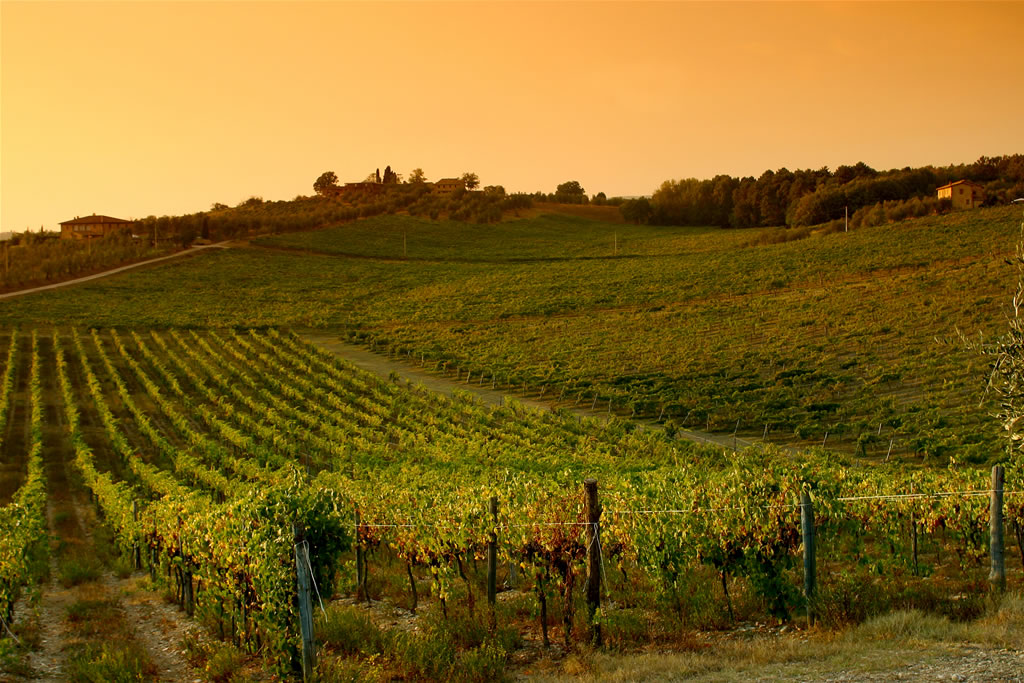
THE VARIETY OF “WHITE” GUARNACCIA
The white Guarnaccia is a vigorous vine at medium maturation (in the third decade of September).
In the vineyard it shows a beautiful medium-sized bunch, long, conical, simple or with a wing, medium compact; it has a medium berry, from spherical to short ellipsoidal, with visible umbilicus, a skin of color that varies from green-whitish to amber-yellow, very pruinose; its pulp is juicy, with a pleasant taste similar to muscat.
The characters found in the aforementioned vineyard were subsequently compared with those of the grape cultivated in the area of Castrovillari (province of Cosenza) and with the clones of the ampelographic collection of the state technical agricultural institute of Catania.
The outcome was that white guarnaccia is officially foreseen in the Calabrian disciplinary of the DOP wines called “Terre di Cosenza“, “Pollino” and “Verbicaro“, but is also present in those wine of the IGTs protection in the territories of Palizzi, Locride, Arghillà, Pellaro, Scilla, Costa Viola (in the province of Reggio Calabria), Valdamato (in the province of Catanzaro), Lipuda and Val di Neto (in the province of Crotone).
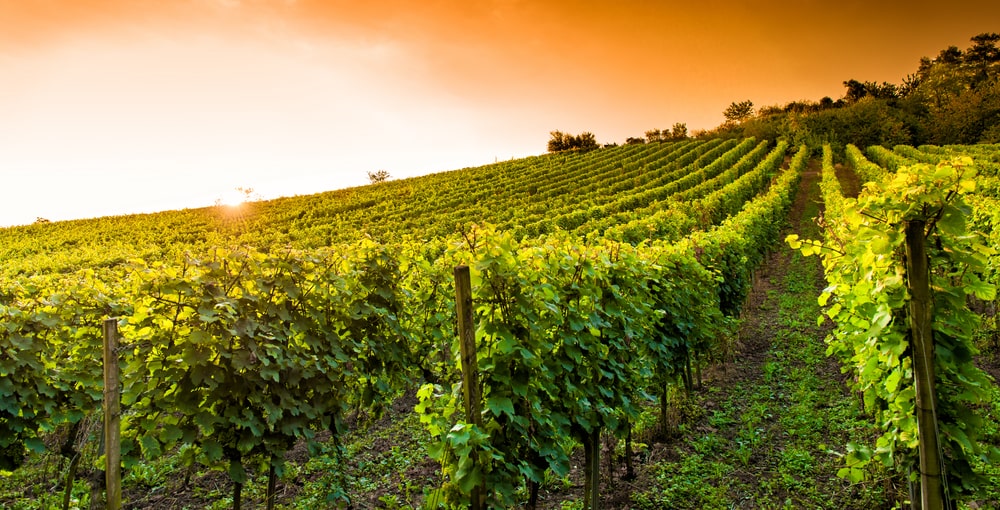
In assembly with other grapes, as said, the white guarnaccia is the protagonist of the rare and special Moscato di Saracena.
The rare wine produces has a vinification in purity, which gives raise to a straw yellow elixir with elegant floral, fruity, herbaceous and mineral aromas, intense and full-bodied, of good freshness and acidity.
Further, from centuries-old vineyards grown in the Firmo area (Cs) at about 350 meters above sea level, the white must of the white guarnaccia ferments spontaneously in stainless steel tanks: here a golden wine is born, with a soft but fresh taste with distinctly floral hints such as acacia, chamomile and wild herbs, elegant and particular and, above all, in a very limited edition.

